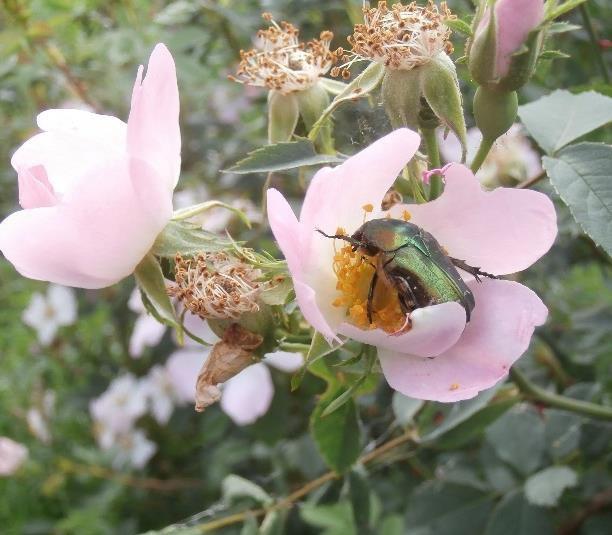Anna Moldovan
Steppes are one of the most transformed and exploited biomes. In order to provide basic information on the interaction between the level of human use/disturbance and the health and integrity of steppe ecosystems and promote the conservation of steppes areas we aim to assess the biodiversity of steppes using coleopterans as indicators.

Steppes in the Republic of Moldova are part of the unique Eurasian Steppe ecosystem. In Moldova steppes are among the largest terrestrial biomes, supporting a rich flora and fauna, and providing invaluable ecosystem services. Today, most of them are already lost; virgin steppes were converted to crop lands and pastures, and held by farmers in fragments only.
Insects play a key role in ecosystem functioning as pollinators, food chains elements, maintenance and improvement of soil quality. Being sensitive to local resource variations, they are good indicators at the landscape level. The main extinction threat in their conservation is habitat loss due to transformation or fragmentation. Human activity impact on insect communities is poorly described for temperate grasslands comparing with tropical forests. Insect communities of the Republic of Moldova steppes are not known, therefore, complex investigation of beetle’s diversity in steppe areas will provide information on entire biodiversity richness, condition and the protection necessity of these unique ecosystems.
As a result of project implementation following outcomes are expected:
• fauna of beetle species in steppe areas of the Republic of Moldova will be revealed and a database with their geographical coordinates will be created;
• based on revealed species diversity, their assemblages and trophic preferences, the ecosystems status and degree of human impact will be assessed;
• based on species richness quantification, number of unique species and the number of species at risk, steppe's "hotspots" will be highlighted;
• a list of rare coleopteran species in steppe areas of the Republic of Moldova will be created and based on their population’s conditions the status of species will be assessed;
• identification of the steppe sites most important for conservation of insect fauna;
• based on species unicity, diversity, assemblages and occurrence respective steppe areas will be monitored and proposed to authorities to assign them a status of protection;
• public awareness and understanding regarding environmental impacts and risks resulting from the soil use that threatens the environmental quality and the biodiversity.